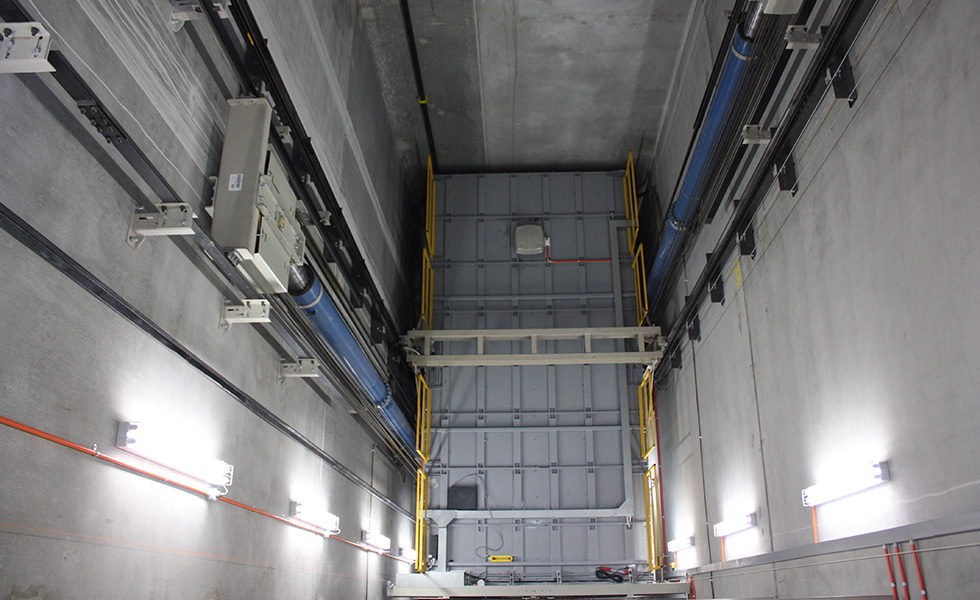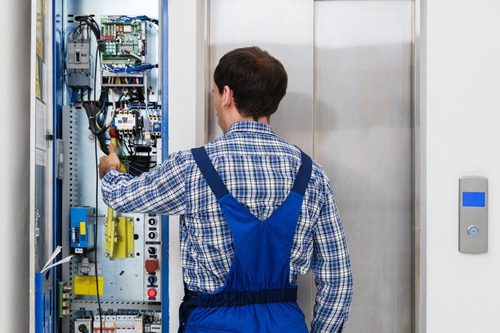Recognizing Platform Lift Dimensions: Necessary for Efficient Lift Service
Recognizing Platform Lift Dimensions: Necessary for Efficient Lift Service
Blog Article
A Thorough Strategy to Enhancing Efficiency Through Strategic Lift Fixing Methods
A organized and calculated technique to lift repair work and upkeep is important to maximize efficiency and reduce downtime. By addressing usual lift problems, implementing positive maintenance procedures, and developing targeted repair service plans, centers can maximize their lift systems to run at peak performance degrees.
Relevance of Lift Efficiency Optimization
Understanding the significance of maximizing lift efficiency is critical for making sure reliable and reliable vertical transport systems in various structures and frameworks. Lifts are important components of contemporary infrastructure, offering vertical flexibility for passengers and goods within structures of differing heights. By optimizing lift performance, structure owners and facility supervisors can improve user experience, enhance energy effectiveness, and rise total operational effectiveness.
Efficient lift performance optimization includes numerous elements, consisting of speed, capacity, energy security, usage, and maintenance requirements. Effectively enhanced lifts can reduce wait times for individuals, specifically in high-traffic structures, resulting in enhanced satisfaction and performance. Additionally, enhanced lifts add to energy financial savings by utilizing advanced control systems and innovations that lessen power consumption without compromising performance.

Identifying Common Lift Issues
Determining typical lift concerns is essential for keeping the operational effectiveness and security of upright transport systems in buildings. This problem can be indicative of problems with the lift's motor, control system, or even the placement of the lift vehicle.
One more common lift problem is odd noises originating from the lift shaft or equipment space. These noises can range from grinding or scuffing sounds to loud clunking noises, all of which may signal underlying mechanical issues that call for prompt focus. In addition, constant door breakdowns, such as doors closed or shutting appropriately, can interrupt the smooth flow of passengers and pose safety and security risks.
Executing Proactive Upkeep Procedures
To maximize the efficiency and durability of lift systems, proactive upkeep procedures play a crucial duty in ensuring functional dependability and safety. lift breakdown. Implementing proactive upkeep involves systematically evaluating, maintenance, and repairing parts prior to they stop working, hence stopping costly downtime and prospective safety risks. Frequently arranged assessments can help determine small concerns before they escalate right into major problems, inevitably extending the life-span of lift systems
One secret aspect of positive upkeep is creating a thorough maintenance timetable based on my review here maker suggestions and sector best techniques. This schedule ought to describe jobs such as lubrication, alignment checks, and element substitutes at defined intervals. In addition, executing problem surveillance methods, such as vibration evaluation and thermal imaging, can help find early indications of wear or malfunction.
In addition, training maintenance personnel on correct inspection methods and preventative maintenance treatments is vital for the effective execution of positive upkeep actions. By fostering Continue a culture of positive upkeep within a company, lift systems can run at peak performance levels, minimizing interruptions and ensuring the safety and security of customers.
Creating Targeted Repair Work Plans
Upon evaluating the maintenance records and performance data, the engineering team can develop targeted repair strategies to attend to certain concerns and maximize lift system functionality. These repair service strategies are customized to the determined troubles, making certain that sources are concentrated on dealing with important problems efficiently. By focusing on repair services based on their influence on performance and safety, the targeted repair strategies help minimize downtime and maintenance prices while maximizing the lift system's integrity.
Establishing these plans involves a comprehensive evaluation of the lift system elements, including electric motors, cables, brakes, and control systems. Through this thorough evaluation, the design team can determine the origin of any breakdowns or degradation in efficiency. This information is after that utilized to develop a roadmap for the repair service procedure, detailing the necessary actions, timeline, and resources needed to address each problem effectively.
Additionally, targeted repair her response work plans may include preventative procedures to enhance the lift system's longevity and performance. By proactively resolving potential issues prior to they escalate, these strategies add to the total effectiveness and security of the lift system.
Utilizing Data-Driven Insights
Utilizing the power of data-driven insights is essential in enhancing lift system efficiency and maintenance efficiency. These anticipating upkeep techniques aid protect against unanticipated failures, lower downtime, and expand the life-span of lift systems.

Verdict
Finally, optimizing lift performance is essential for making sure effectiveness and safety and security in buildings. By recognizing usual lift issues, applying positive upkeep steps, developing targeted repair strategies, and making use of data-driven understandings, companies can enhance performance and minimize downtime. It is very important to take a detailed technique to raise fixing approaches to optimize operational effectiveness and make sure the longevity of lift systems.
By attending to typical lift issues, implementing positive upkeep measures, and developing targeted fixing plans, facilities can optimize their lift systems to operate at peak performance degrees.One more common lift problem is odd noises originating from the lift shaft or equipment room.Upon examining the upkeep records and efficiency information, the engineering group can create targeted repair work plans to attend to particular concerns and optimize lift system capability. By prioritizing repair services based on their effect on performance and security, the targeted repair service strategies help decrease downtime and upkeep prices while optimizing the lift system's integrity.
It is vital to take an extensive strategy to raise repair strategies to make the most of operational performance and make sure the durability of lift systems.
Report this page